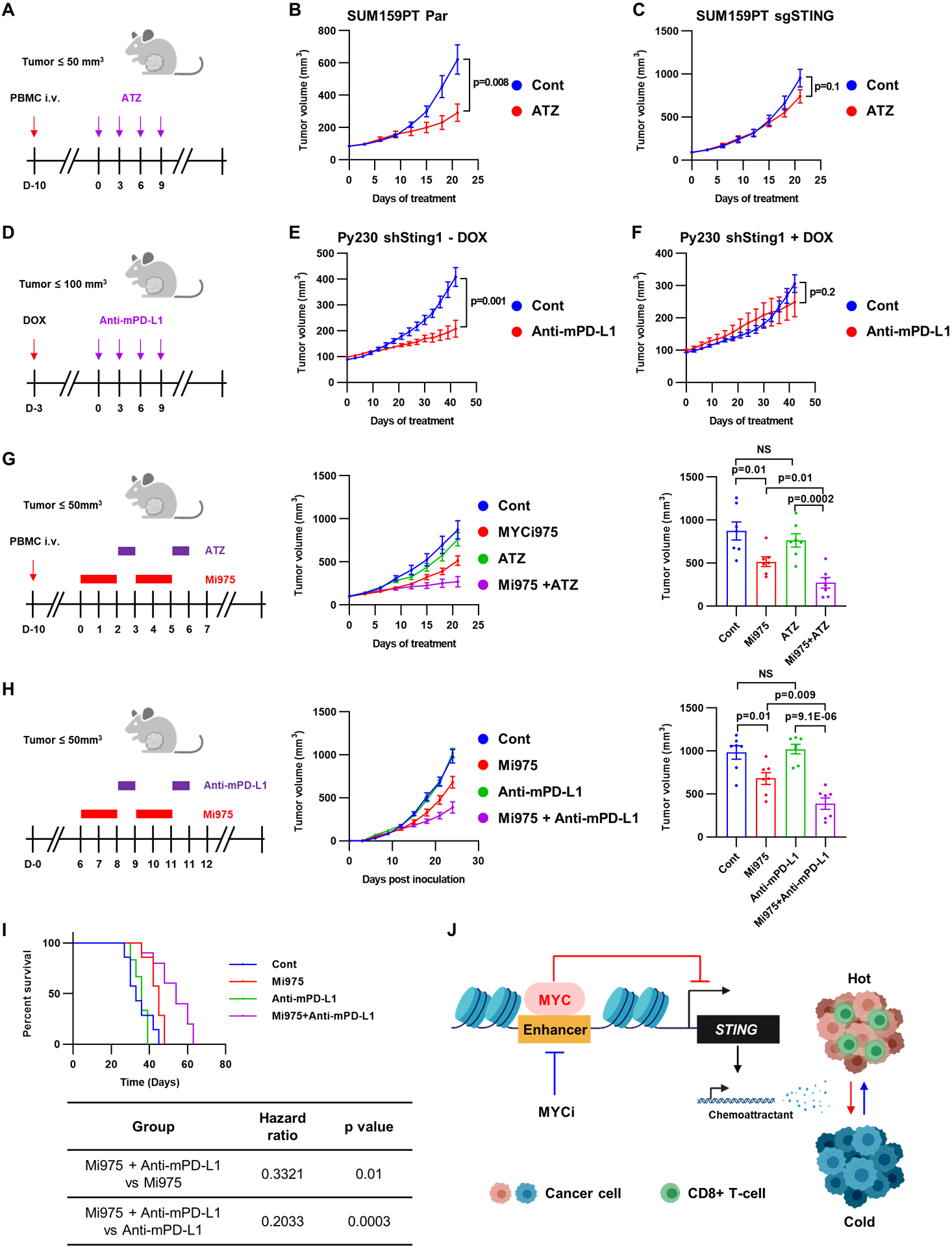Figure 6. MYC-driven STING repression promotes resistance to immune checkpoint inhibitors.

A, Experimental schema for B and C. ATZ, atezolizumab B and C, hPBMCs were inoculated into NOD/SCID female mice bearing established SUM159PT parental (B) or SUM159PT STING1 KO (C) tumors treated with vehicle or atezolizumab. Tumor volumes were serially measured with calipers and monitored for 3 weeks. Bars represent the mean ± SEM of tumor volume (n=7; two-tailed unpaired t-tests). D, Experimental schema for D and E. E and F, Py230 cells transduced with doxycycline-inducible Sting1 shRNA were orthotopically injected into C57BL/6 female mice treated with vehicle (E) or doxycycline (F). Three days after starting doxycycline, mice were randomized for treatment with a mPD-L1 antibody or IgG1 isotype control. Bars represent the mean ± SEM (n=7; two-tailed unpaired t-tests). G, hPBMCs were inoculated into NOD/SCID female mice bearing established SUM159PT Tax-R tumors and randomized for treatment with 1) vehicle, 2) atezolizumab, 3) MYCi975, or 4) atezolizumab plus MYCi975. Tumor volumes were serially measured with calipers and monitored for 3 weeks. Data in middle panel represent the mean ± SEM of tumor volume over time. Bars (in right panel) represent the mean ± SEM of tumor volume at the end of the experiment (n=7; two-tailed unpaired t-tests). H, 4T1 WT cells were orthotopically injected into BALB/c female mice randomized for treatment with 1) vehicle, 2) mPD-L1 antibody, 3) MYCi975, or 4) mPD-L1 antibody plus MYCi975. Data in middle panel represent the mean ± SEM. tumor volume in mm3 over time. Bars (in right panel) represent the mean ± SEM of tumor volume in mm3 at the end of the experiment (n=7; two-tailed unpaired t-tests). I, Overall survival of BALB/c mice bearing 4T1 tumors (n=7/ group; logrank). J, Mechanism by which MYC drives immune-cold TNBCs via STING repression.
